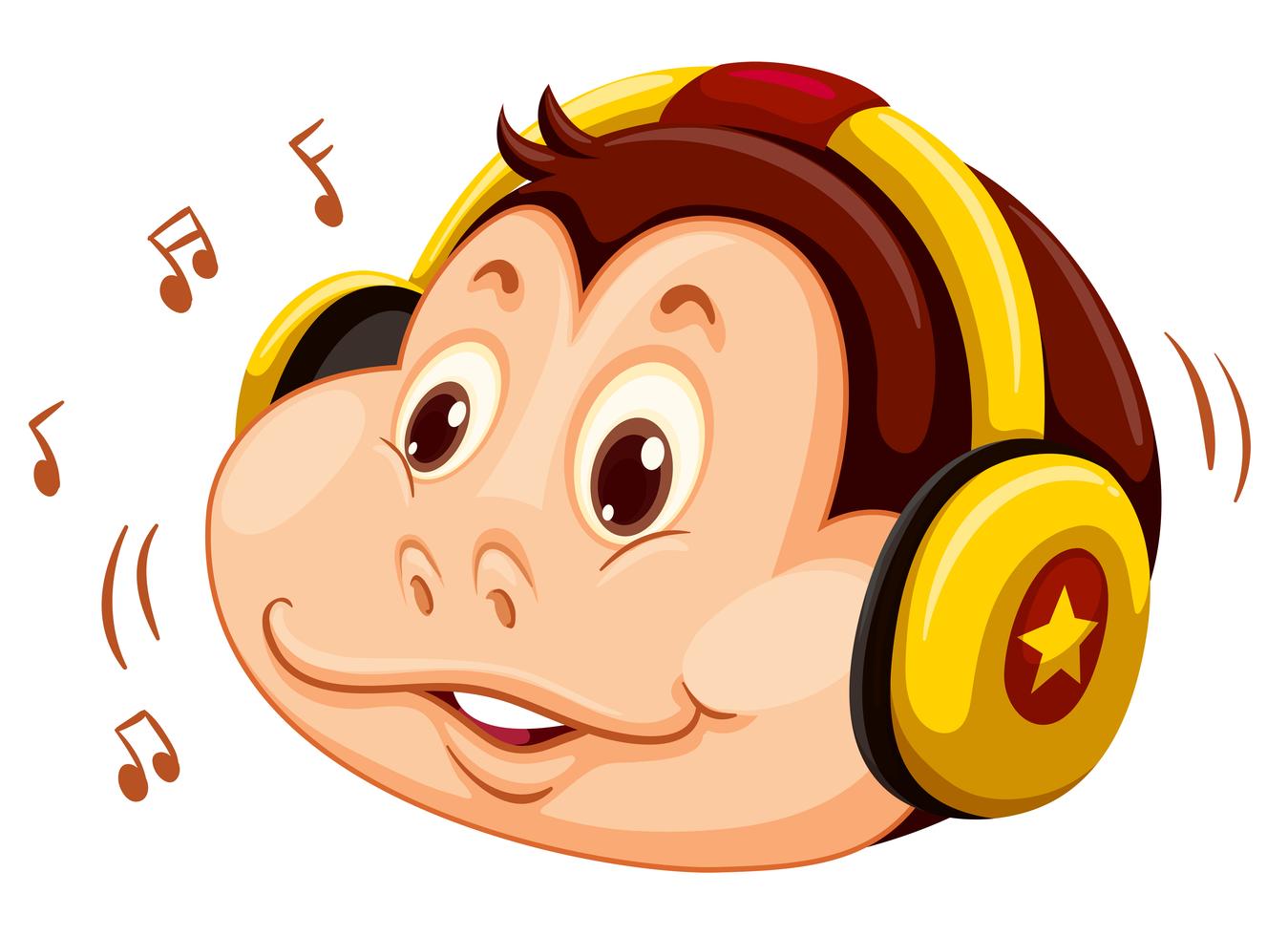

They then heard the specially composed monkey music. The animals were played Samuel Barber's Adagio for Strings and a soft piano piece from The Fragile by rock band Nine Inch Nails, followed by Metallica's Of Wolf and Man and an excerpt from The Grudge by rock band Tool.

In the study, 14 cotton-top tamarins were played 30-second blasts of music while the researchers noted any changes in their behaviour. Snowdon teamed up with David Teie, a cellist with the American National Symphony Orchestra, to investigate whether humans were alone in responding emotionally to music. The findings suggest that the vocal characteristics of tamarin calls evolved to spread calming or anxious feelings throughout groups of the animals. "The emotional components of music and animal calls might be very similar, and from an evolutionary perspective, we are finding that the note patterns, dissonance and timing are important for communicating affective states in both animals and people," said Chuck Snowdon, a psychologist at the University of Wisconsin, Madison. The study, published today in the Royal Society journal Biology Letters, will help psychologists understand the evolutionary roots of music and its effect on the brain, the authors said. Music based on more fearful monkey calls made the animals agitated and anxious when it was played in their enclosure. Tamarin monkeys lounged around and ate more when they heard music inspired by the calming sounds the animals make when they are safe, the study found. Ethnography, 11(2), 255-283.They found that while monkeys were left cold by human music, they reacted emotionally to tunes that incorporated features commonly heard in monkey calls, such as rising and falling tones. Listening to the monkey: Class, youth and the formation of a "musical habitus". Live recordings of music from the venue remain available online via music streaming services such as Spotify, Mixcloud, and Soundcloud.

Monkey listening to music archive#
The documentary contains archive footage of the club, interviews with attendees, promoters, and police, and focuses on the controversy and cultural legacy the venue. In 2019, The New Monkey became the subject of the documentary ‘The Two Monkeys’, produced by local filmmakers Rob Kilburn, Lewis Dodds and George Christaki. Legacy ĭespite being closed for nearly two decades, the club enjoys a longstanding cultural legacy as the epicenter of Makina music in the North East and the last of the ‘All Night Rave Scene’ in the United Kingdom. A High Court order mandated the closure of the club, and club bosses were charged for allowing drugs to be sold and taken on the premises receiving 12-month custodial sentences. In 2006, over 100 police officers raided the club, and made 14 arrests searches were simultaneously conducted at the homes of senior management. ĭespite petitions and complaints from local residents, and a fatal drug overdose, the club remained open and held regular events attracting attendees from across the North East. When local residents objected to these plans, applications were re-submitted for a private members dance club without an alcohol license, thereby circumventing control by the local authority. In 1999, efforts began to convert the former Plazo Bingo Hall New in Pallion and reopen the club under the name ‘The New Monkey’. The original nightclub, The Blue Monkey, was located on Bedford Street and operated as a popular music venue throughout the 1990s until it was destroyed in a fire. įollowing long-standing disputes with local residents due to drug use and antisocial behavior, the club was eventually closed down following a police raid leading to prosecution of the club owners. The club received nationwide notoriety, especially in the North East of England and Scotland, becoming synonymous with Makina, a fast-paced hard style of techno music with live vocals unique to the region (known as MCing). The New Monkey was a nightclub in Sunderland, England, operating between 19.


 0 kommentar(er)
0 kommentar(er)
